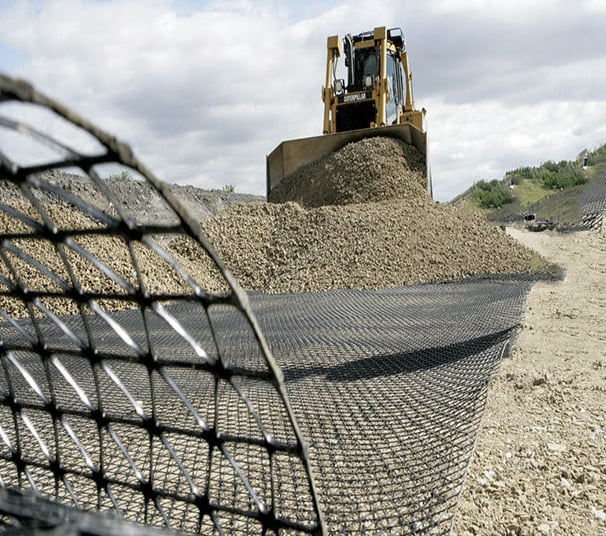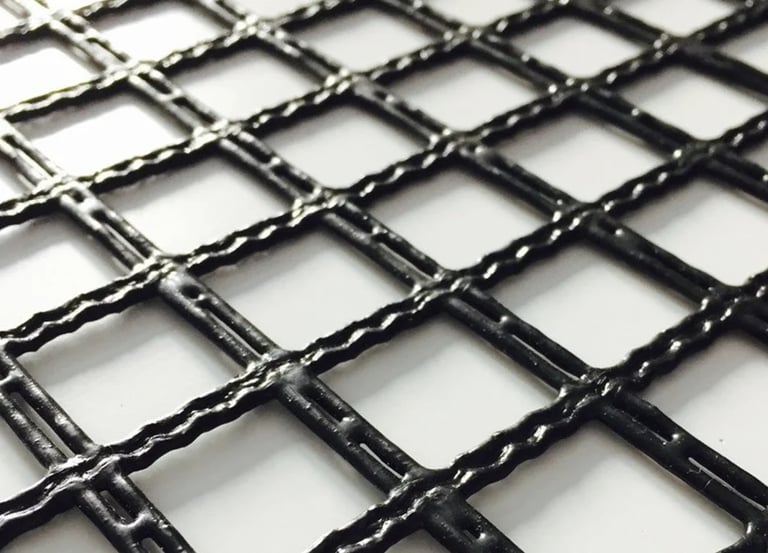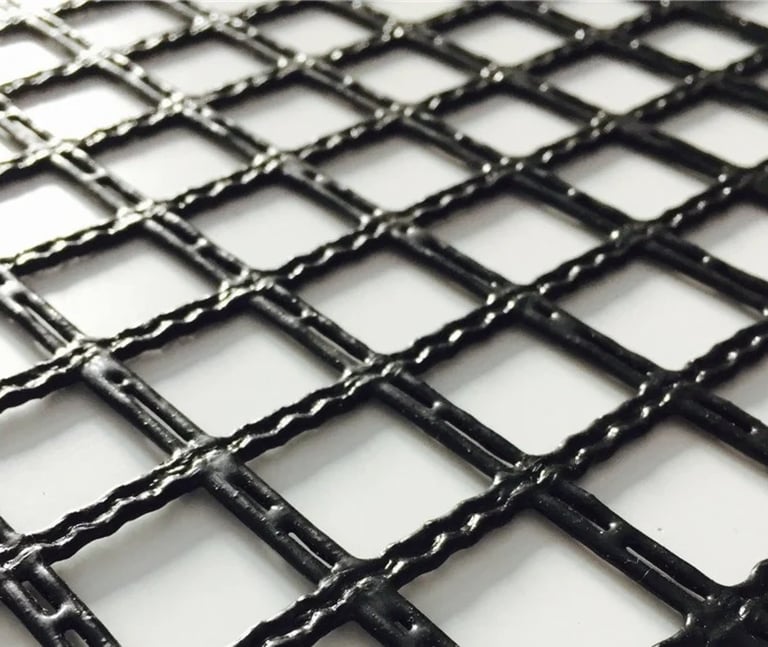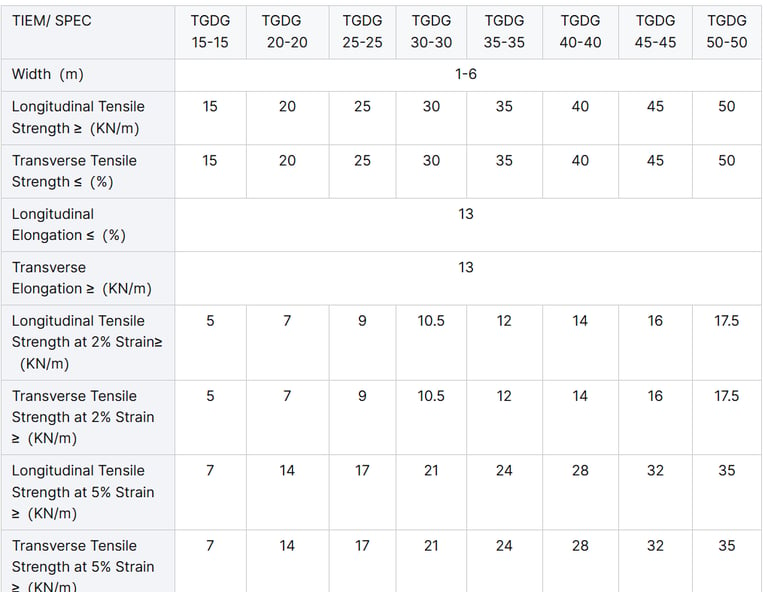CK & Sons Textile : Your One-Stop Shop for All Your Packaging Items and Many More...
Geo Grid
A Geogrid is a geosynthetic material made from polymers like polypropylene, polyethylene, or polyester, designed in a grid-like pattern. It is used for soil reinforcement, stabilization, and load distribution in construction and infrastructure projects. The open grid structure allows soil or aggregate to lock in, enhancing stability and strength.


Soil Reinforcement for Roads, Slopes & Foundations


✅ Types of Geogrids
Uniaxial Geogrid – Strong in one direction (used in retaining walls)
Biaxial Geogrid – Equal strength in both directions (used in roads and ground stabilization)
Triaxial Geogrid – Triangular grid structure for superior stress distribution (advanced load support)
✅ What Are Geogrids Used For?
Reinforcing roads, highways, and pavements
Strengthening retaining walls and slopes
Base stabilization for weak subgrades
Railway and airport runway support
Erosion control on embankments and steep terrains
✅ Key Features & Benefits
High tensile strength and stiffness
Improves load distribution and soil stability
Resistant to chemicals, UV, and biological attack
Reduces base thickness requirements
Speeds up construction and reduces long-term costs
Easy to transport and install


✅ Applications
Road and highway subgrade reinforcement
Steep slope stabilization
Mechanically stabilized earth (MSE) walls
Embankments on soft soil
Reinforced soil foundations
Railway and airport construction
Geogrids interact mechanically with the surrounding soil or aggregate through interlocking and confinement, reducing lateral movement and distributing loads. This improves the bearing capacity of weak soils and increases the lifespan of structures.
✅ How Do Geogrids Work?
Technical Specifications


